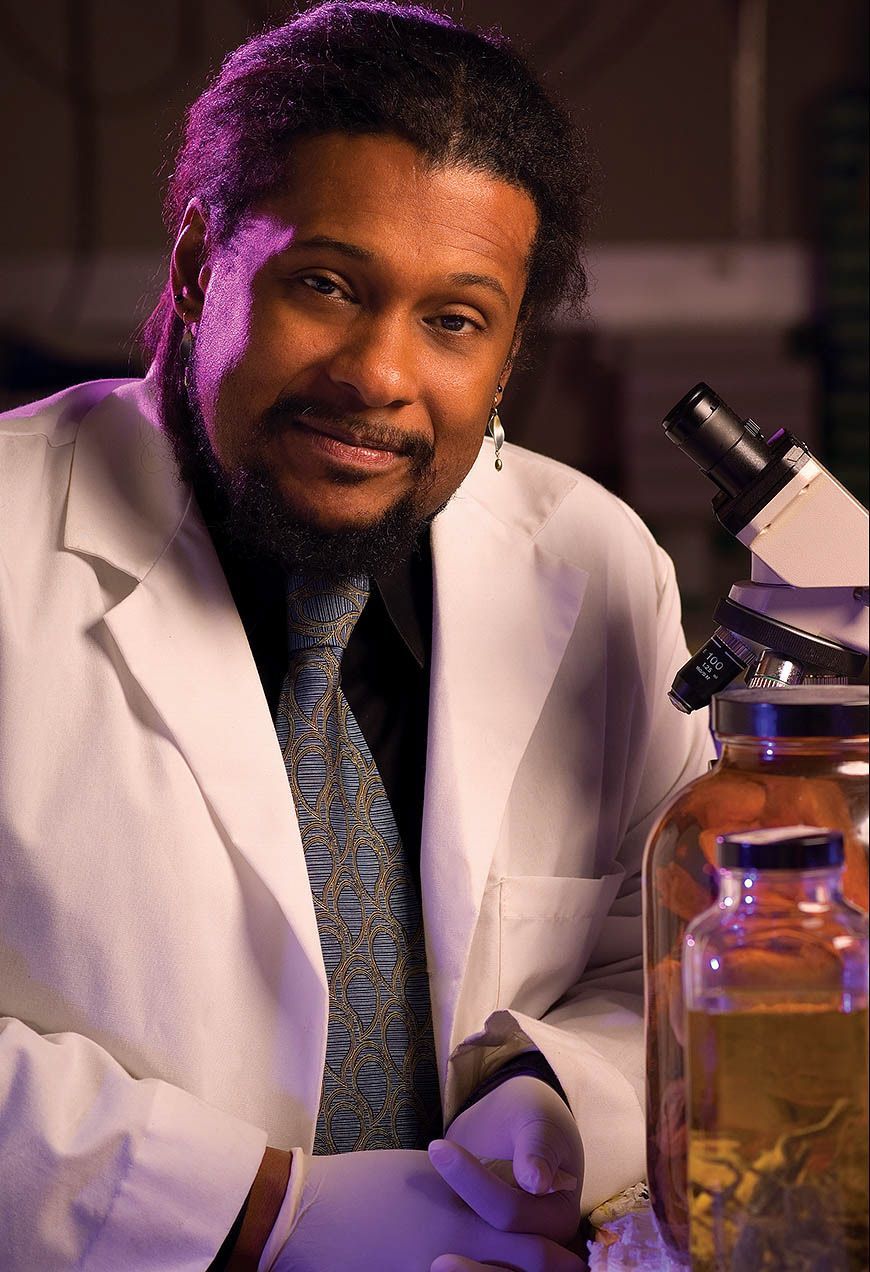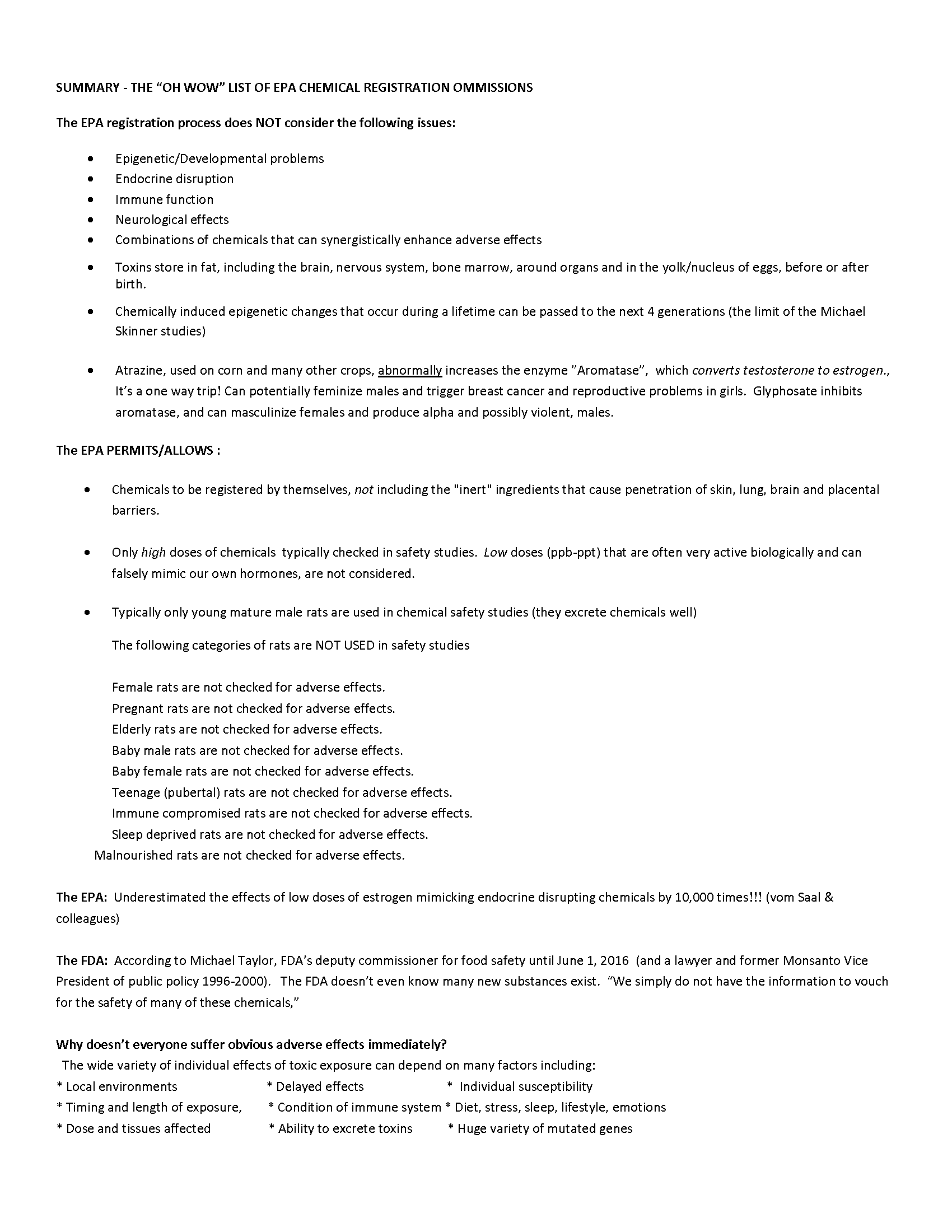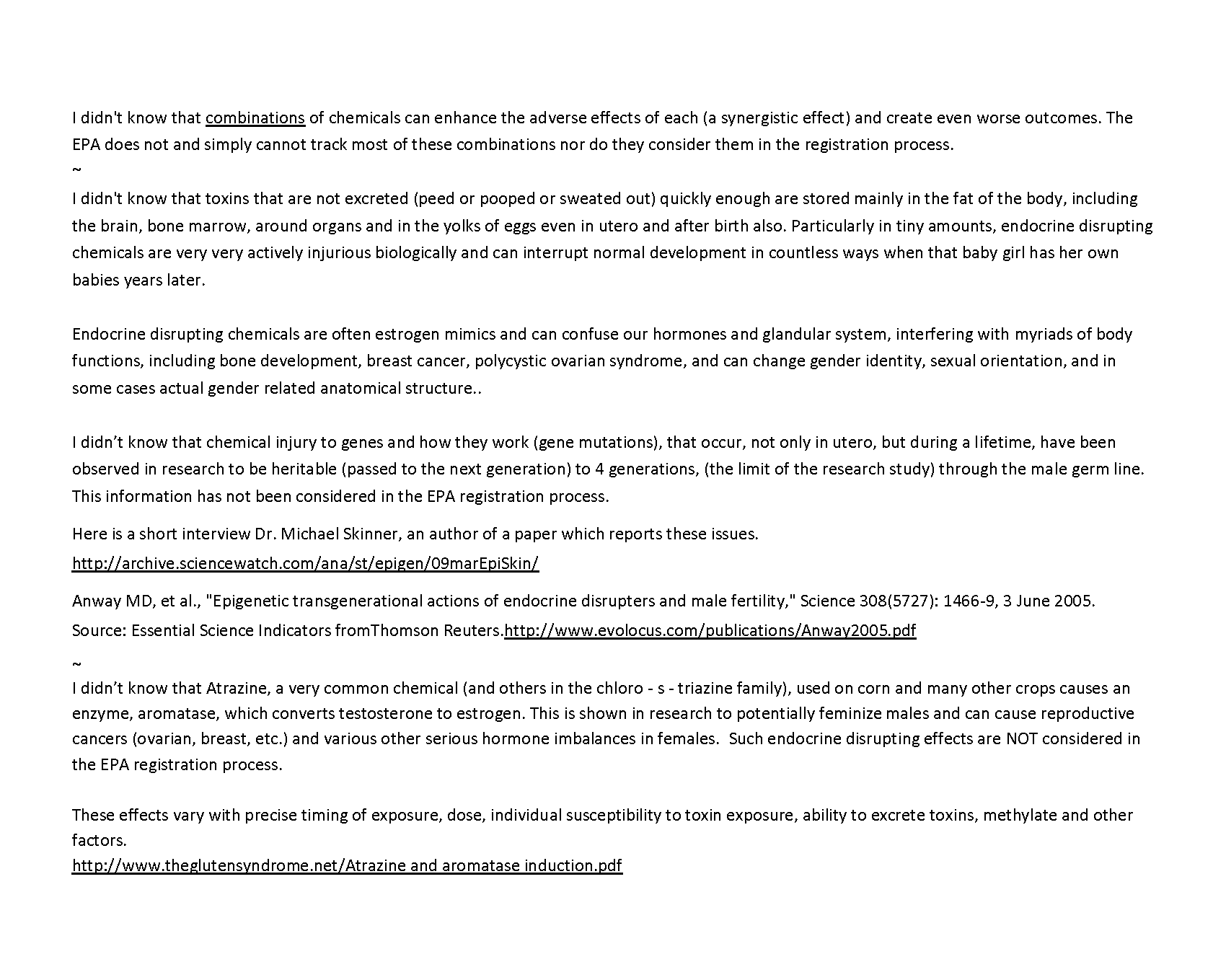
Dr. Tyrone Hayes, PhD.
This page showcases the work of Dr. Tyrone Hayes, a Harvard graduate, who is currently is a professor of Integrative Biology at University of California Berkeley . He studied the effects of the agricultural chemical Atrazine on the physiology and behaviour of frogs and repeatedly observed serious endocrine disrupting effects on their reproductive anatomy and behaviours. He refused to keep those results quiet when the corporation Syngenta (formerly Novartis) tried to bury his work.
Unfortunately frogs are not the only victims of chemical endocrine disruption. Dr. Hayes has become a vocal activist for change due to the seriousness of his and other scientists' research results, and also because people of color and disadvantage are usually more exposed to these chemicals than are other groups.
https://vcresearch.berkeley.edu/faculty/tyrone-b-hayes
Dr. Haye's personal history is here: http://www.idvl.org/sciencemakers/Bio23.html
Here is the link to Dr. Haye's CV:
https://iaacn.org/wp-content/uploads/2020/10/Dr.-Tyrone-Hayes-CV.pdf
Here is a showcase of a few researchers who have studied endocrine disruption and other effects of environmental toxins including gender alteration.
Dr. Louis Guillette, PhD
University of North Carolina at Chapel Hill and Medical University of South Carolina
Professor of Obstetrics and Gynecology
Doctorate in Comparative Reproductive Biology
Endowed Chair in Marine Genomics
Professor Howard Hughes Medical Institute
University of Florida Distinguished Professor of Zoology and Associate Dean for Research
Dr. Francis Pottenger, MD.
This is the Entire2015 Lecture
with 2010 Q & A
MOSES15-Porter_Benbrook-
GMO What Do We Know
Plus 2010 Q&A Final.mp3
Powerpoint - Risk_Management-15.pdf
The 37 short clips below are extracted from this audio
The gender and attraction effects arediscussed in this lecture.
Below is a summary of Dr. Warren Porter's list of EPA Omissions in the Safety Registration Process
In other words, these are all the areas that they do NOT test before approving a new chemical.





